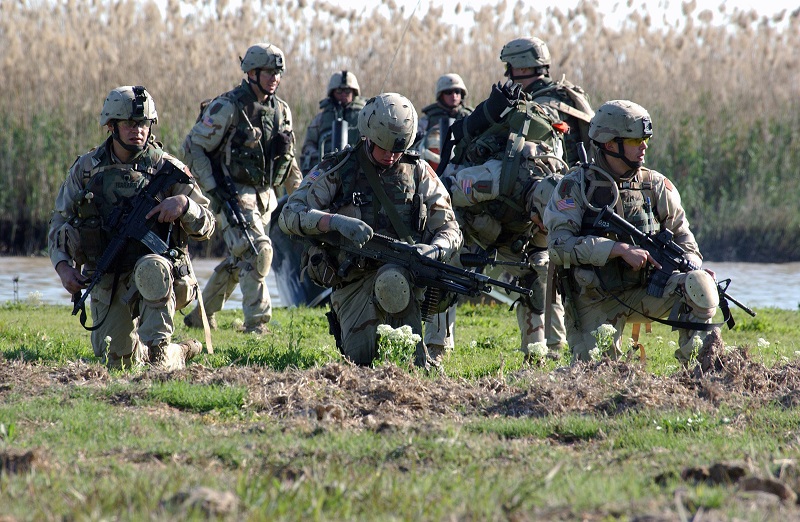
This post is also available in:
 עברית (Hebrew)
עברית (Hebrew)
Exoskeletons transfer much of the weight a soldier carries to the ground through battery-powered, titanium legs, allowing warfighters to carry extra gear with less effort, even when climbing stairs or steep terrain.
Modern exoskeletons provide back and knee support, sense the user’s motion and send sensor data on speed, direction and angle of movement to artificial-intelligence-powered on-board computers that control electro-mechanical actuators at the knees.
However, the data generated is processed within the exoskeleton, and remains within the system. Soldiers and Leaders lack the ability to see and use the exoskeleton data to inform Soldiers of their current physical attributes or improve their long-term performance.
The US Army is looking for a system that can export sensor data from soldiers’ exoskeletons to their smartphones and to dashboards leaders can use to get a better idea of warfighters’ health and locations.
The details were released in a broad agency announcement issued under the Army’s Small Business Innovation Research Program.
The Army is currently implementing both the Android Tactical Assault Kit (ATAK) and Net Warrior systems with Soldiers and Leaders as situational awareness devices. Both devices are hand-held smartphones that communicate through secure tactical radios and have open architecture platforms allowing new application development and integration. These platforms are ideal destinations for exported exoskeleton sensor data, according to beta.sam.gov.
The EXOSENSE program aims to pull biometric, motion, GPS, temperature and imaging data from exoskeleton sensors and integrate it into both situational awareness handheld smartphone systems.
Besides integrating the data sources, the Army wants to gain more detailed insights on warfighters’ physical performance for operations and training.
Suggested capabilities for EXOSENSE include developing visualizations of real-time biological, physiological, performance, location and safety data that would be available to leadership through dashboards and to soldiers through the ATAK/NW systems.
Any developed solutions will have potential commercial applications in the automotive, health care, sports performance, internet of things and manufacturing industries.

























